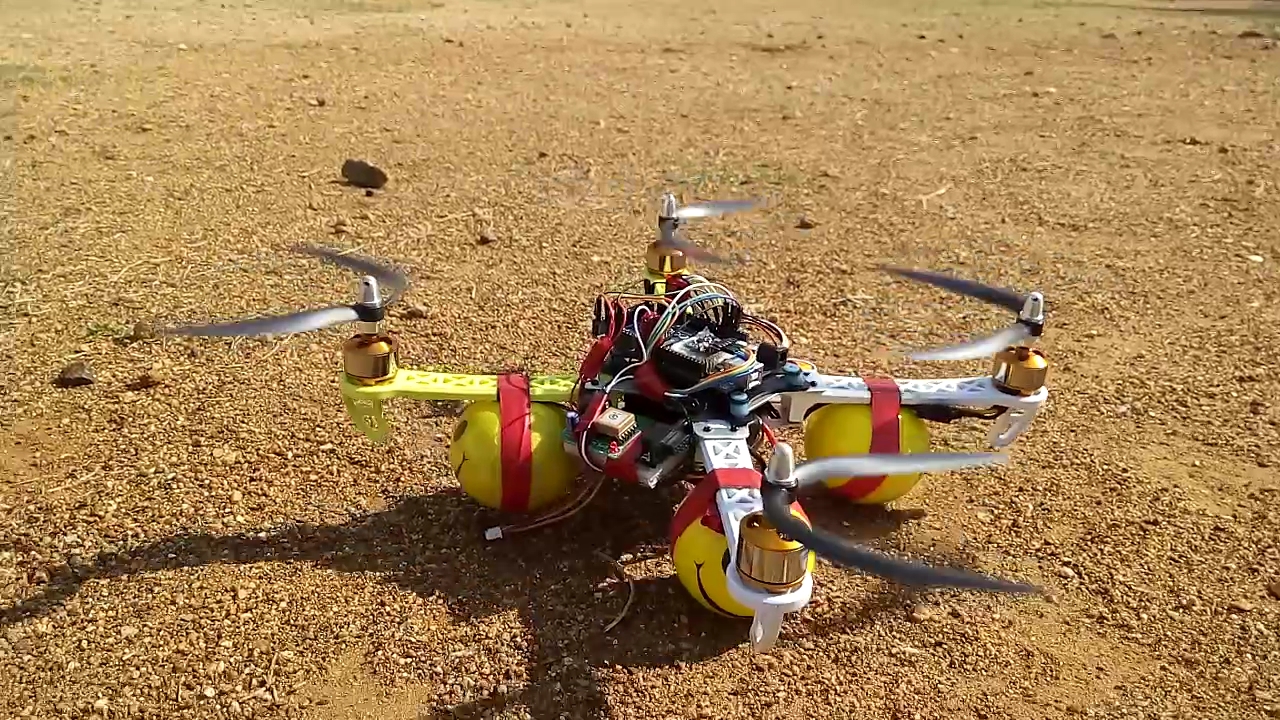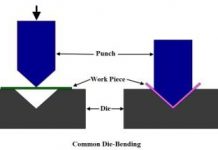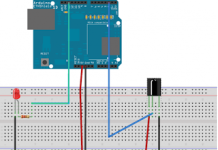Defects Due to Conversion and Seasoning
Defects due to conversion and seasoning of timber involve shakes, warping, bowing, twist, diamonding, casehardening and honey combing. Some of such important defects are discussed as under. Warping is a kind of variation from a true or plain surface and may include a one or combination of cup, bow, crook and twist. Warping board which is tangentially sawn may invariably warp. This takes the form of a hollowing or cupping across the face of the board and when wide flat boards are required this will act as a serious drawback. Wind or twist defect occurs when thin boards are cut from a log having curved longitudinal grain. This tendency is for the board distort spirally.
Diamonding in timber is the tendency of square cut pieces to become diamond shaped when cut from certain areas of the log. This happens when the piece has been cut with growth rings running diagonally, causing the unequal shrinkage between summer and spring growth to pull it out of shape. Copied from Basic of Manufacturing Processes and Workshop Technology by Rajender Singh.
Seasoning Defects
Cupping
When you look at the end of the board it appears as a curve.
Caused by unequal amounts of shrinkage along the growth rings.
Bowing
When you look at the edge of the wood it appears curved.
Caused by poor stacking
Not enough stickers!
Twisting/ warping
When the ends of the boards are twisted in opposite direction.
Caused by shrinkage along spiral or interlocking grain. Springing
When the face of the board remains flat and the edge bends inwards to form a curve.
Caused by shrinkage longitudinally along irregular grain.
End splits
Occur at the exposed ends of the boards.
Caused by rapid drying out from the sun
Prevented by painting the ends of the timber with bitumous paint (water proof)
Surface splits/checks
Usually lie along the grain.
Caused by rapid drying out on the surface of the wood.
Honeycomb splits/checks
Occur inside the board.
Reduces strength.
Case hardening
Where the outside of the board is dry and hard but moisture is trapped in the centre cells of the wood.
Caused by rapid drying
CONVERSION DEFECTS
Waney Edge
Occurs when the bark is left on during conversion
Sloping grain/short grain
Grain does not run parallel to the edge of the board because of bad conversion
seriously weakens the timber















